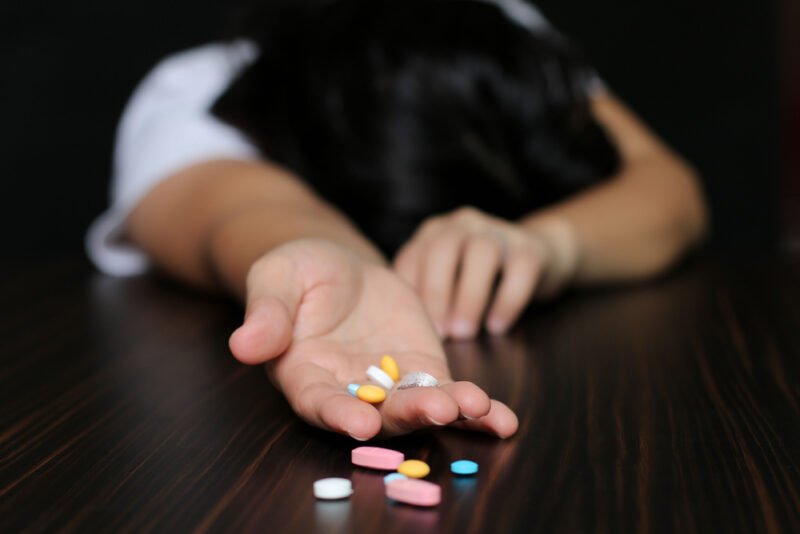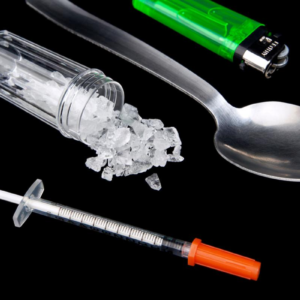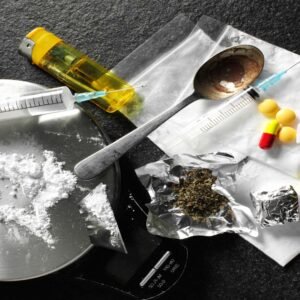Introduction
Prescription drugs, intended to heal, often become the very chains that bind individuals in the cycle of addiction. You might wonder, how can something prescribed by a doctor lead to such turmoil? The answer lies in the delicate balance between use and misuse. Let’s delve into the world of prescription drug abuse, exploring the reasons, the risks, and the recovery paths.

What Are Prescription Drugs?
Prescription drugs are medications legally prescribed by healthcare professionals to treat various health conditions. Unlike over-the-counter drugs, they require a prescription because of their potency and potential side effects.
The Rising Concern of Prescription Drug Abuse
Over the past decade, the misuse of prescription drugs has skyrocketed. It’s an issue that transcends demographics, affecting people from all walks of life. The allure of these drugs lies in their accessibility and the misconception that they are safer than illicit substances.
Understanding Prescription Drug Abuse
Definition and Overview
Prescription drug abuse occurs when someone takes medication in a manner or dose other than prescribed, or takes someone else’s prescription. This misuse can lead to addiction, characterized by compulsive drug-seeking behavior despite harmful consequences.
Statistics and Trends
Did you know that prescription drug abuse is the fastest-growing drug problem in the United States? According to the National Institute on Drug Abuse, millions of Americans misuse prescription drugs each year, with opioids, benzodiazepines, and stimulants topping the list.
Why Do People Abuse Prescription Drugs?
Accessibility and Misconceptions
Prescription drugs are often perceived as safe because they are prescribed by doctors. This misconception, combined with their relative ease of access, makes them a common target for abuse.
Psychological and Physical Dependency
Many individuals start using prescription drugs for legitimate medical reasons but gradually develop a dependency. The euphoria or relief these drugs provide can lead to psychological addiction, while the body’s adaptation can create physical dependency.
7 Commonly Abused Prescription Drugs Leading to Addiction
Opioids
Oxycodone
Oxycodone, found in drugs like OxyContin and Percocet, is prescribed for pain relief. However, its powerful effects can quickly lead to addiction, even when taken as directed.
Hydrocodone
Hydrocodone, commonly known through brand names like Vicodin, is another potent painkiller. Its abuse can lead to severe physical and psychological dependency.
Benzodiazepines
Xanax (Alprazolam)
Xanax is prescribed for anxiety and panic disorders. Its calming effect can become highly addictive, leading to severe withdrawal symptoms when use is stopped.
Valium (Diazepam)
Valium is used to treat anxiety, muscle spasms, and seizures. Like Xanax, its addictive potential is high, making it a common drug of abuse.
Stimulants
Adderall (Amphetamine)
Adderall, prescribed for ADHD, is often abused for its stimulating effects, which can enhance focus and energy. However, this can lead to addiction and severe health issues.
Ritalin (Methylphenidate)
Ritalin is another ADHD medication often misused for its ability to boost concentration and energy levels. Its abuse can cause significant psychological dependence.
Sedatives
Ambien (Zolpidem)
Ambien is a sedative prescribed for insomnia. Its calming effects can become addictive, leading to misuse and dependency.
The Effects of Opioid Abuse
Short-term Effects
Opioids can provide effective pain relief, but their short-term effects include euphoria, drowsiness, and respiratory depression, which can be dangerous in high doses.
Long-term Consequences
Chronic opioid use can lead to tolerance, requiring higher doses to achieve the same effects, and eventually, physical dependency and addiction. Long-term use also risks severe health issues, including liver damage and overdose.
The Dangers of Benzodiazepine Addiction
Impact on Mental Health
Benzodiazepines, though effective for anxiety, can impair cognitive functions and lead to memory problems, depression, and increased anxiety with long-term use.
Physical Health Risks
Prolonged benzodiazepine abuse can cause muscle weakness, headaches, nausea, and increased risk of accidents due to impaired motor skills.
Stimulant Abuse: The Highs and Lows
Increased Productivity vs. Dependence
While stimulants like Adderall can temporarily boost productivity and focus, their abuse can lead to dependence, characterized by a relentless need to maintain the high.
Long-term Psychological Effects
Chronic stimulant abuse can result in severe psychological issues, including paranoia, aggression, and even hallucinations.
Sedative Addiction: A Silent Epidemic
Impact on Sleep Patterns
Sedatives like Ambien are meant to aid sleep, but their misuse can disrupt natural sleep patterns, leading to insomnia and dependency.
Potential for Overdose
The risk of overdose with sedatives is high, especially when combined with other substances like alcohol. Overdose can result in respiratory failure and death.
The Path to Addiction
Initial Use and Tolerance
Addiction often begins with legitimate use, gradually leading to tolerance, where higher doses are needed to achieve the same effect.
Dependency and Withdrawal
As tolerance builds, dependency follows. Attempting to stop can result in withdrawal symptoms, making it challenging to quit without professional help.
Signs and Symptoms of Prescription Drug Abuse
Behavioral Indicators
Common behavioral signs include secrecy, mood swings, and changes in social circles or hobbies.
Physical Symptoms
Physical symptoms can range from drowsiness and confusion to severe health complications like respiratory distress and seizures.
The Impact on Families and Communities
Emotional Toll
The emotional strain on families can be immense, with relationships often suffering due to the addict’s behavior and the stress of dealing with addiction.
Economic Costs
The economic impact of prescription drug abuse includes healthcare costs, loss of productivity, and legal expenses, which can burden families and communities.
Treatment and Recovery Options
Detoxification
Detoxification is often the first step, helping to manage withdrawal symptoms and cleanse the body of the drug.
Therapy and Counseling
Therapy and counseling are crucial for addressing the psychological aspects of addiction, offering support and strategies for long-term recovery.
Medication-Assisted Treatment
Medication-assisted treatment can help manage cravings and withdrawal symptoms, making it easier for individuals to stay on the path to recovery.
Preventing Prescription Drug Abuse
Education and Awareness
Educating the public about the risks of prescription drug abuse and proper medication use is vital for prevention.
Safe Medication Practices
Practicing safe medication habits, such as following the doctor’s instructions and disposing of unused medications properly, can reduce the risk of abuse.
Personal Stories of Recovery
Success Stories
Hearing from those who have successfully overcome addiction can provide hope and motivation for others struggling with similar issues.
The Journey to Sobriety
The journey to sobriety is often long and challenging, but with the right support and resources, it is achievable.
Conclusion
Prescription drug abuse is a pressing issue that requires our collective attention. By understanding the risks, recognizing the signs, and supporting those in recovery, we can combat this epidemic. Remember, there is always hope, and help is available.
FAQs
What are the signs of prescription drug abuse?
Common signs include changes in behavior, mood swings, neglecting responsibilities, and physical symptoms like drowsiness and confusion.
How can I help a loved one struggling with addiction?
Support them by encouraging professional help, offering emotional support, and educating yourself about addiction and recovery.
Are there alternatives to addictive prescription drugs?
Yes, there are many non-addictive alternatives and therapies available. Discussing options with a healthcare provider is crucial.
What is the success rate of treatment programs?
Success rates vary, but many treatment programs have high success rates, especially with comprehensive approaches combining detox, therapy, and support.
Can prescription drug addiction be prevented?
Yes, through education, awareness, and safe medication practices, we can significantly reduce the risk of prescription drug addiction.


